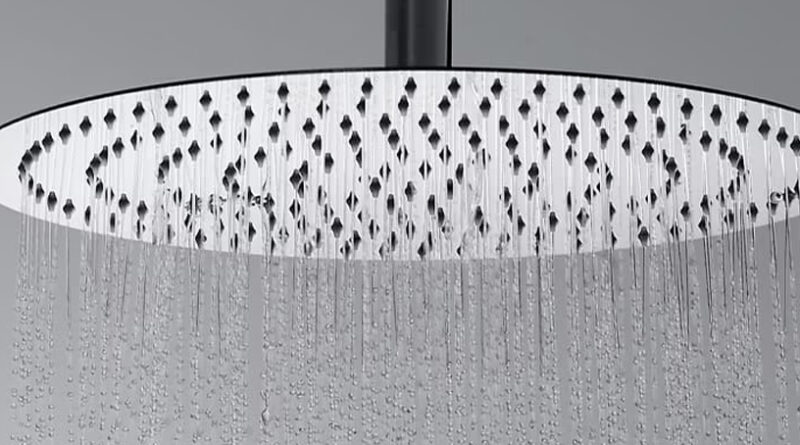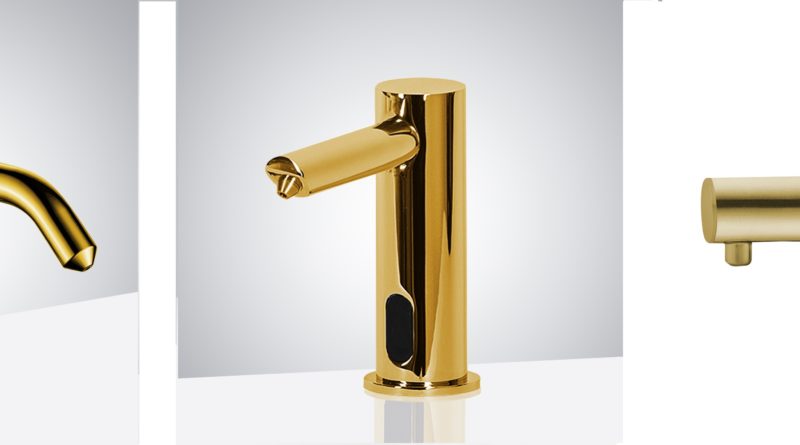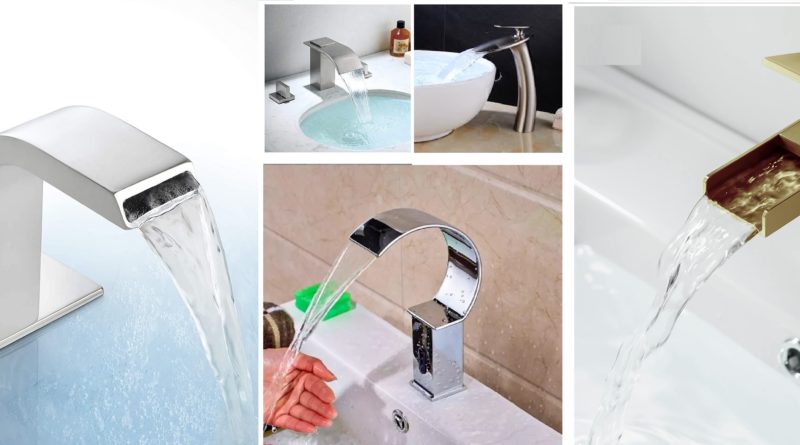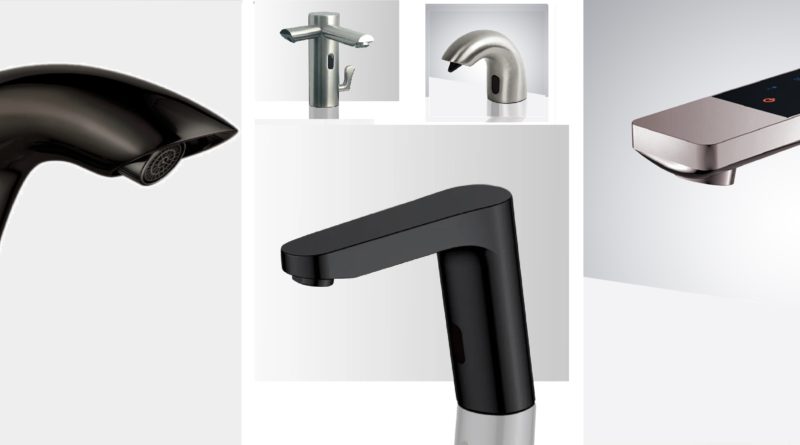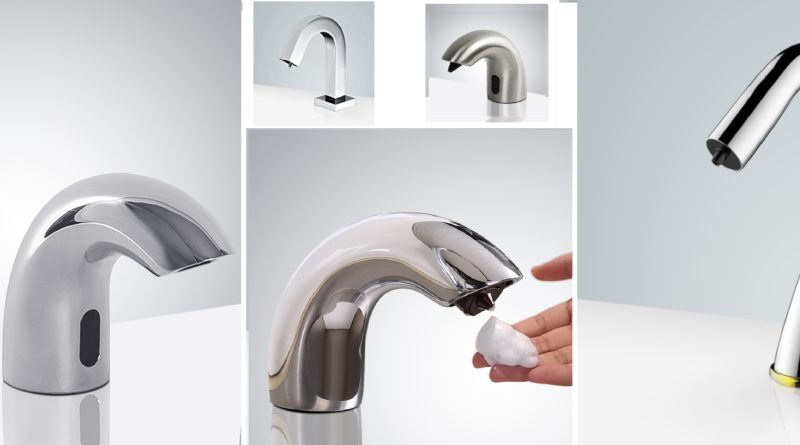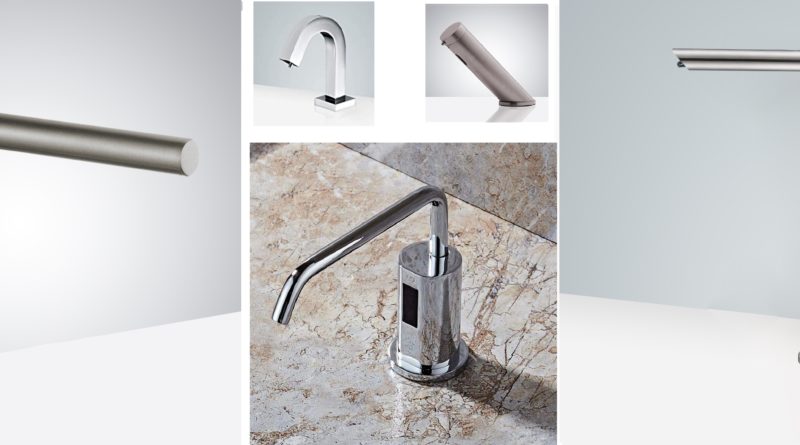What are the Disadvantages of Touchless Bathroom Faucets
While touchless bathroom faucets offer convenience and hygiene benefits, they may not always be the best investment due to several reasons:
- Cost: Touchless bathroom faucets tend to be more expensive compared to traditional faucets. The technology and sensors involved in touchless operation contribute to their higher price. If you’re on a tight budget or looking for a cost-effective option, investing in a touchless faucet might not be the most financially viable choice.
- Installation and Maintenance: Touchless faucets typically require professional installation due to their electronic components. This can add to the overall cost, especially if you need to hire a plumber. Additionally, the electronic components may require regular maintenance or repair, which could incur additional expenses over time.
- Power Source Dependency: Most touchless faucets require a power source, typically batteries or an electrical outlet. This dependency on a power source can be inconvenient and may lead to disruptions in functionality if the batteries run out or there are power outages. It’s important to consider the availability and reliability of the power source in your bathroom.
- Limited Functionality: Touchless faucets are designed to provide water flow only when the sensor is activated. This can be problematic if you need to adjust the water temperature or flow manually. Some touchless faucets offer additional manual controls, but they may defeat the purpose of touchless operation.
- Sensitivity and Malfunction: Touchless faucets rely on sensors to detect hand movements and activate the water flow. However, these sensors may sometimes be overly sensitive or malfunction, resulting in inconsistent or unpredictable water flow. This can be frustrating and may require maintenance or adjustment of the sensors.
- Compatibility and Retrofitting: If you’re considering upgrading your existing bathroom faucet to a touchless model, you may encounter compatibility issues. Retrofitting a touchless faucet into an existing sink or countertop may require modifications or additional components, adding to the complexity and cost of the installation.
- Environmental Impact: Touchless faucets may contribute to higher water consumption if the sensors are not properly calibrated or if there are frequent false activations. If the faucet continues running unnecessarily due to sensor inaccuracies, it can lead to water waste, which is not environmentally friendly.
Ultimately, the decision to invest in a touchless bathroom faucet depends on your personal preferences, budget, and the specific circumstances of your bathroom. While touchless faucets offer convenience and hygiene benefits, it’s important to weigh the potential drawbacks and assess whether the investment aligns with your needs and priorities.

